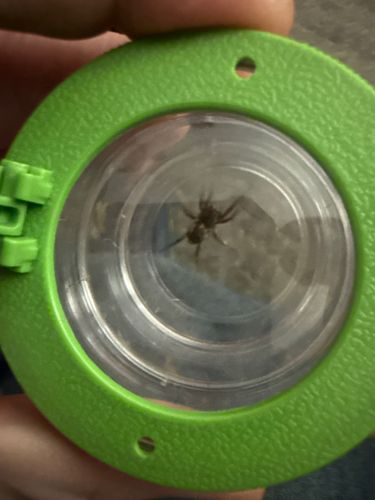Ant
Scientific Name: Formicidae
Order & Family: Order: Hymenoptera, Family: Formicidae
Size: Generally 2-25 mm (0.08 to 1 inch), depending on the species.

Natural Habitat
Globally distributed, ants can be found in almost all terrestrial habitats, including forests, deserts, grasslands, urban areas, and even some marine environments. They typically build nests in soil, wood, under rocks, or in plant cavities.
Diet & Feeding
Highly varied, depending on the species. Many ants are omnivores, feeding on nectar, seeds, fungi, other insects (both living and dead), and honeydew produced by aphids. Some are specialized predators, scavengers, or even fungivores.
Behavior Patterns
Ants are social insects that live in colonies, which can range from a few dozen individuals to millions. They exhibit complex social behaviors including division of labor (queens, males, workers), sophisticated communication through chemical signals (pheromones), cooperative foraging, and nest building. They also engage in elaborate defense mechanisms and some species practice 'farming' (e.g., cultivating fungi or tending to aphids for honeydew).
Risks & Benefits
Risks: Some species, like fire ants, can inflict painful, venomous stings. Carpenter ants can damage wooden structures. Certain species can become household pests by contaminating food. Benefits: Ants play crucial roles in ecosystems, including soil aeration, seed dispersal, nutrient cycling, and pest control of other insects. They are also an important food source for many animals.
Identified on: 10/30/2025